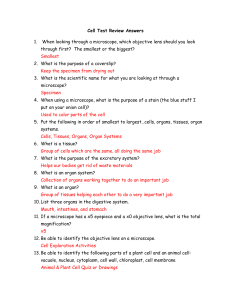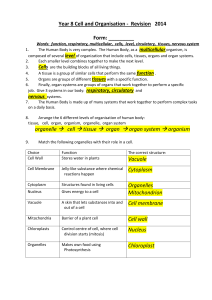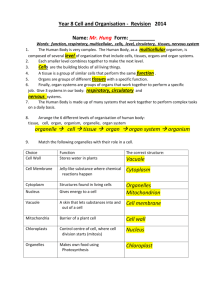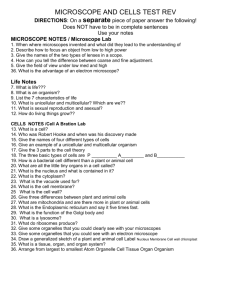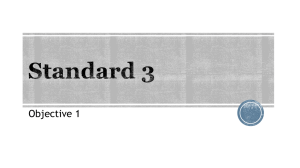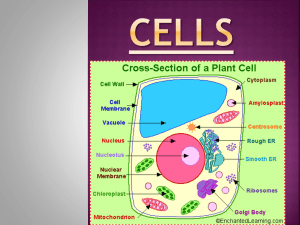Year 8 Cells - Revision Questions
advertisement
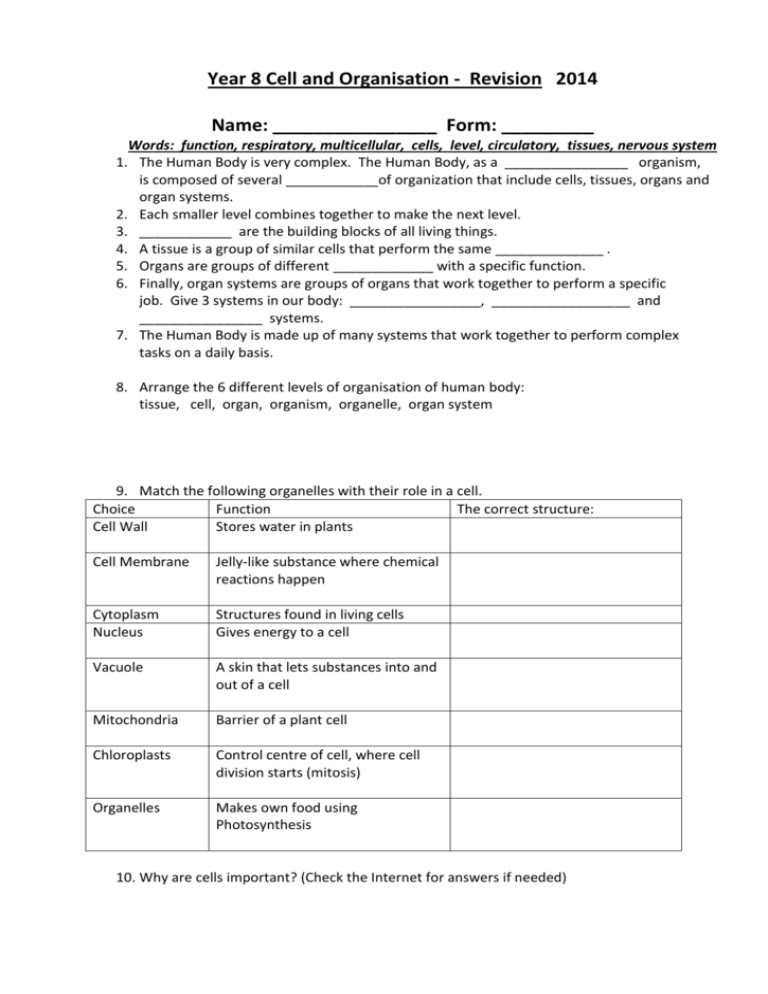
Year 8 Cell and Organisation - Revision 2014 Name: ________________ Form: _________ Words: function, respiratory, multicellular, cells, level, circulatory, tissues, nervous system 1. The Human Body is very complex. The Human Body, as a ________________ organism, is composed of several ____________of organization that include cells, tissues, organs and organ systems. 2. Each smaller level combines together to make the next level. 3. ____________ are the building blocks of all living things. 4. A tissue is a group of similar cells that perform the same ______________ . 5. Organs are groups of different _____________ with a specific function. 6. Finally, organ systems are groups of organs that work together to perform a specific job. Give 3 systems in our body: _________________, __________________ and ________________ systems. 7. The Human Body is made up of many systems that work together to perform complex tasks on a daily basis. 8. Arrange the 6 different levels of organisation of human body: tissue, cell, organ, organism, organelle, organ system 9. Match the following organelles with their role in a cell. Choice Function The correct structure: Cell Wall Stores water in plants Cell Membrane Jelly-like substance where chemical reactions happen Cytoplasm Nucleus Structures found in living cells Gives energy to a cell Vacuole A skin that lets substances into and out of a cell Mitochondria Barrier of a plant cell Chloroplasts Control centre of cell, where cell division starts (mitosis) Organelles Makes own food using Photosynthesis 10. Why are cells important? (Check the Internet for answers if needed) 11. Label the following diagrams: chloroplast, cytoplasm, cell wall, vacuole, nucleus, cell membrane. 12. Give three differences between an animal cell and a plant cell. 13. What is the difference between a unicellular and multicellular organism? 14. Label the parts: eyepiece, objective, stage, diaphragm, arm, nosepiece, base, stage, fine adjustment, coarse adjustment, body tube, stage clip, mirror 15. What do the following parts of a microscope do? Stage Diaphragm Objective Lenses Mirror16. When you see an image under a microscope what happens to the image: a. It stays the same b. It becomes a mirror image c. It looks upside down and left to right d. It just flip downward 17. Fill in the magnification of a microscope: eyepiece Objective lens X 10 X 10 X 10 X5 X 10 X 80 magnification 18. Give 2 differences between Light Microscope and Dissecting Microscope. 19. What are the steps to preparing an onion cell? 20. Our body is made up of many specialised cells, what do the following cells do in our body: Red blood cell Fat cells Nerve cells Muscle cells 21. Which is the only cell in our body that doesn’t have a nucleus? 22. What is a tissue? Give 3 examples. 23. Why are tendons and ligaments in our body called connective tissue? 24. What is an organ made up of? a. b. c. d. The building block of all living things At least two different types of tissues Two or more different organs that work together A group of cells that do the same thing in the body 25. What is mitosis? 26. What structure/chemical makes the mitosis possible? 27. Arrange different stages of mitosis in the correct sequence.


